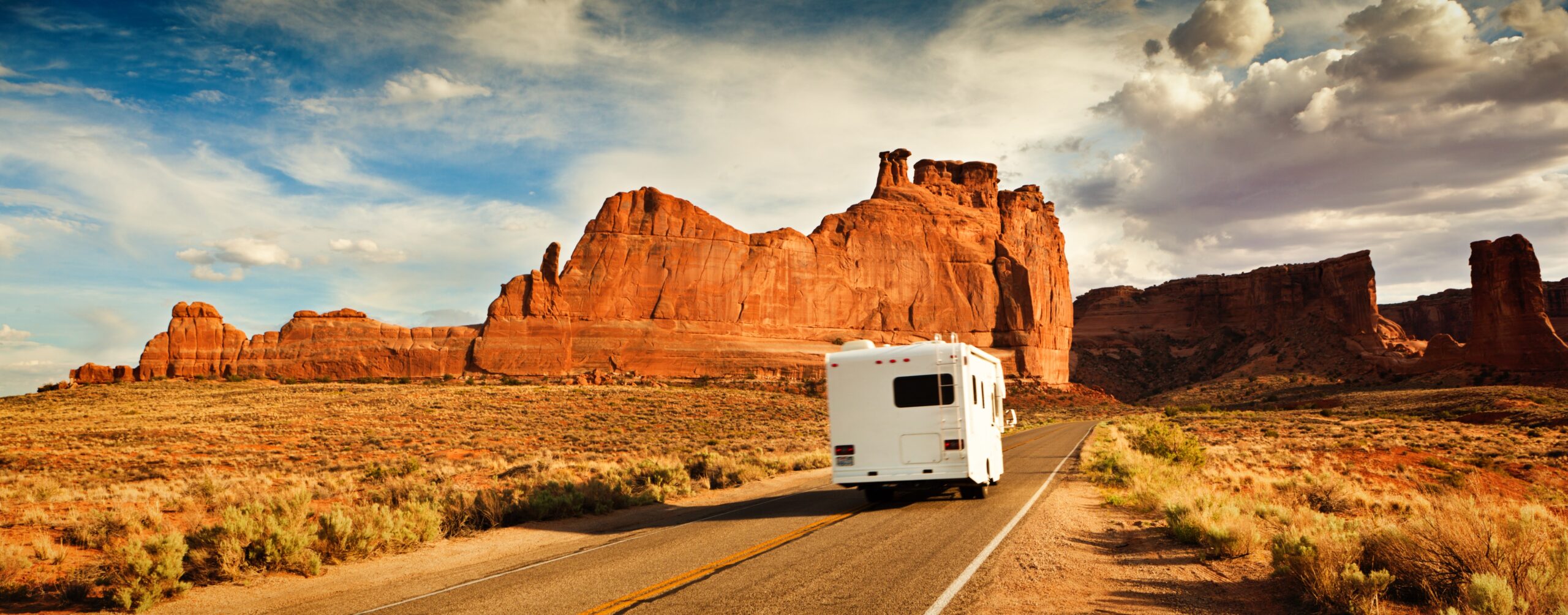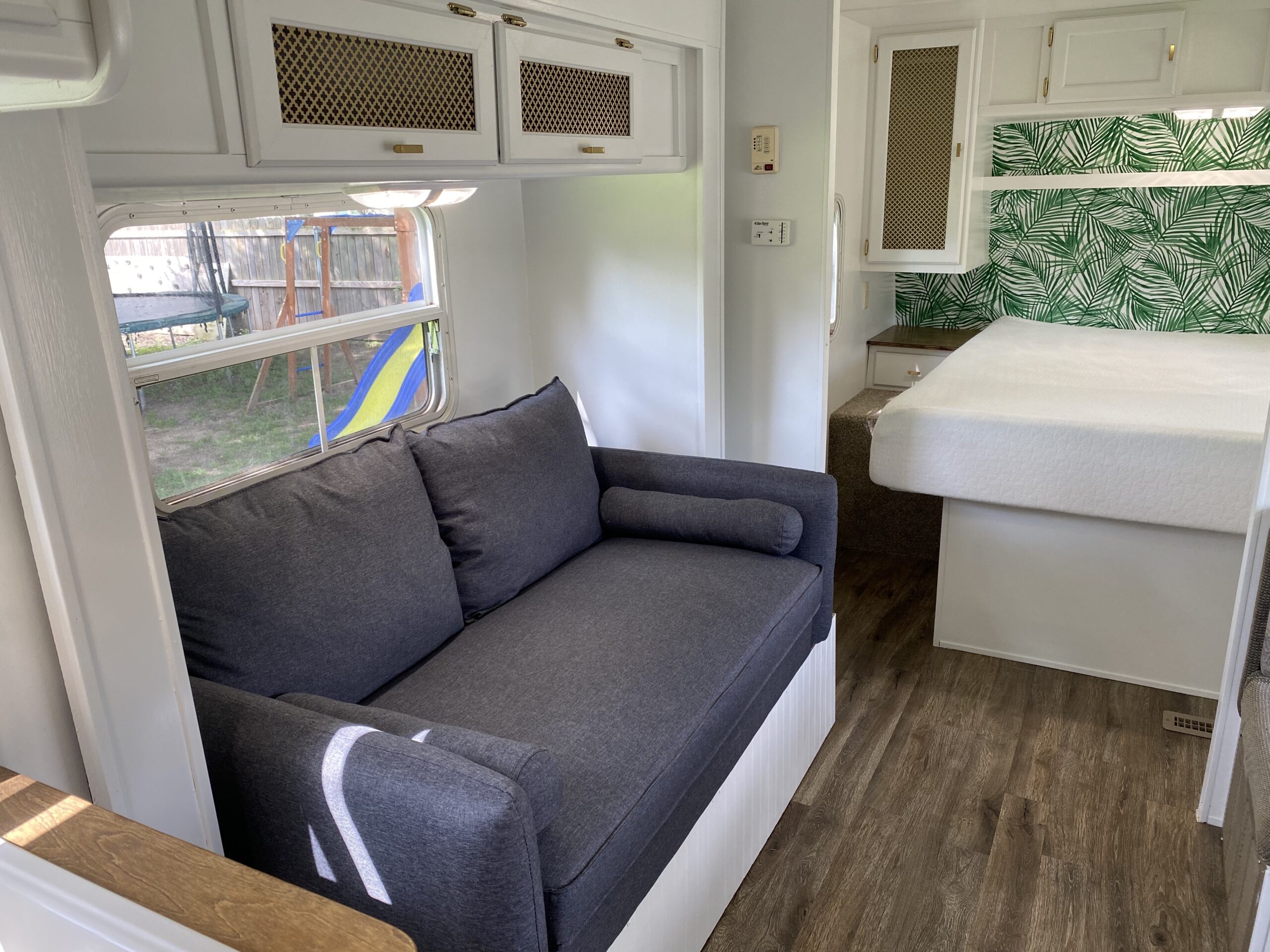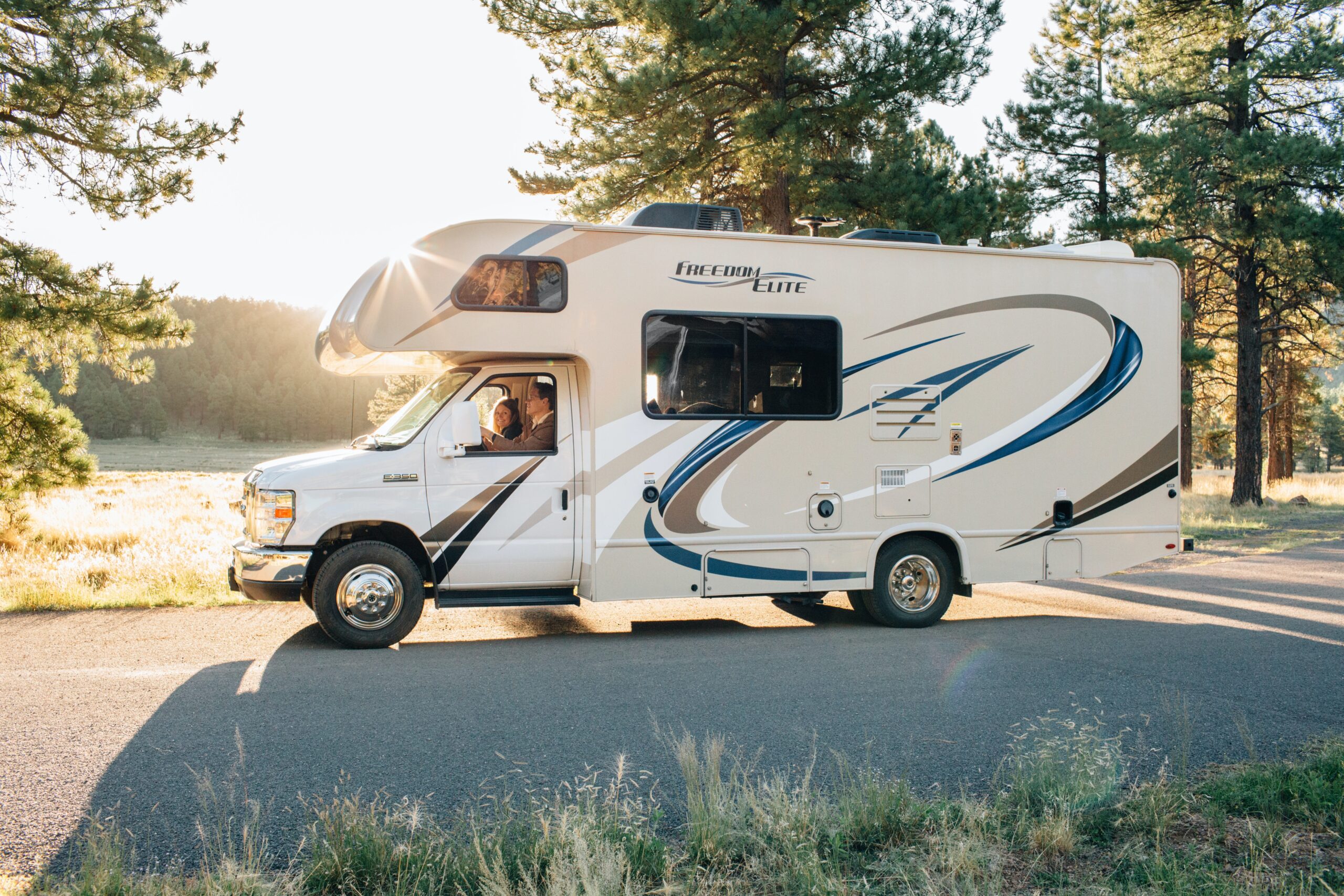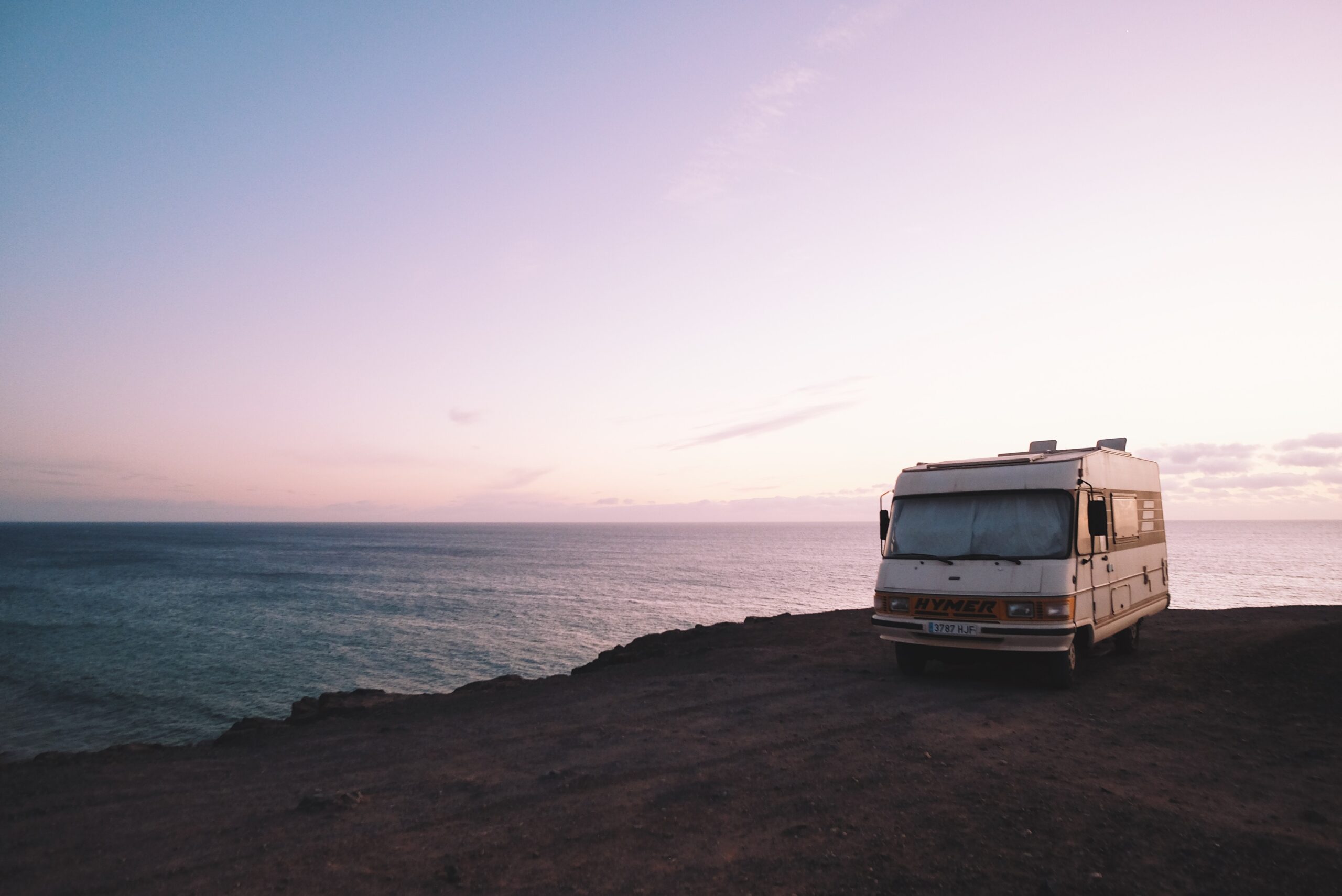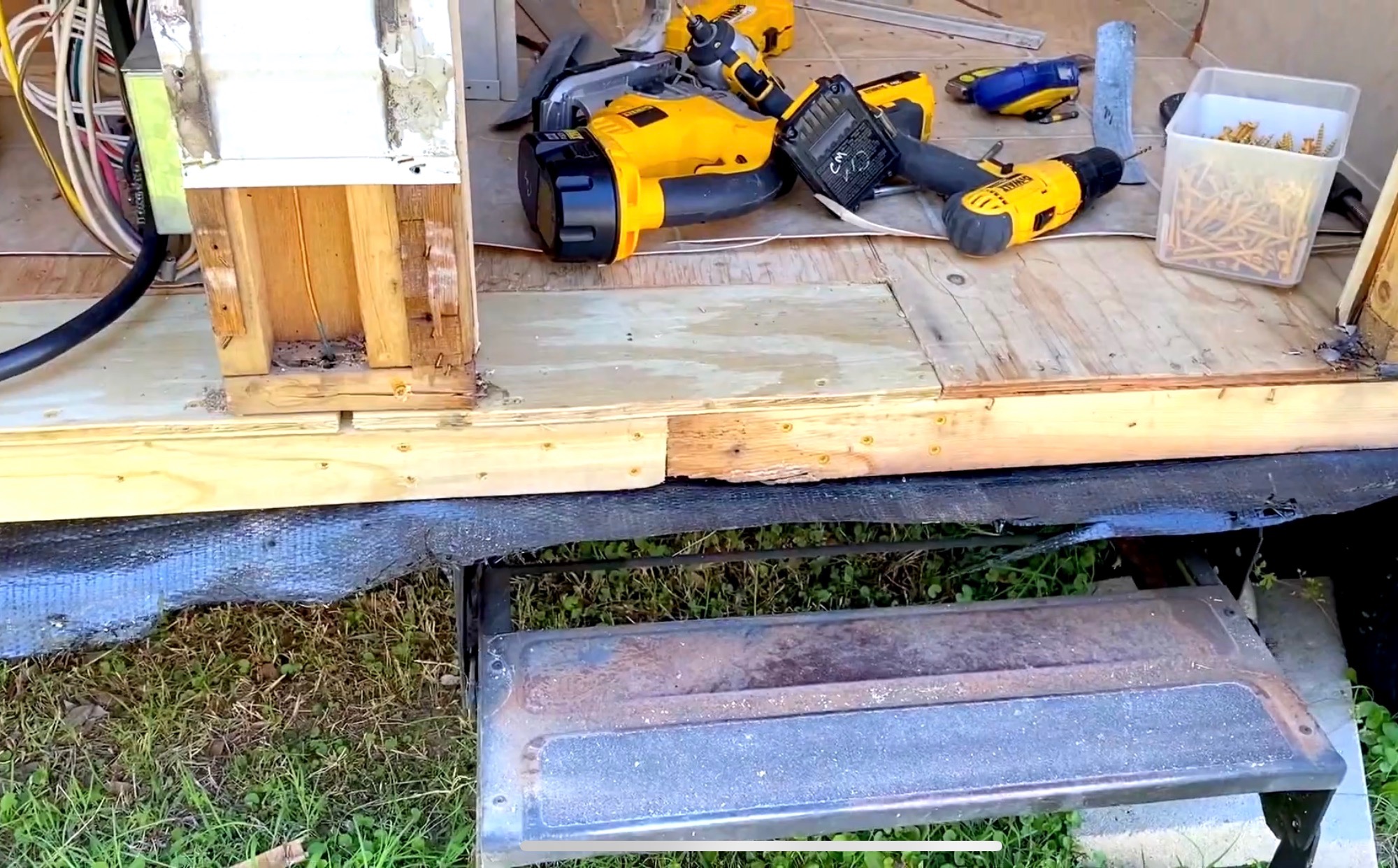When it comes to RVing in the summer, there can be challenges. Depending on where the road takes you, one of those challenges can be fighting the heat.
If you find yourself in a hot climate, or if you live in a hot climate, your A/C may struggle to keep up. This is not unusual. RV’s are notorious for having poor insulation. That’s just part of it.
So, the question remains, how do you keep your RV cool in the summer? Some of you may only need a little help. Others may be searching for a way to shave off quite a few degrees.
Either way, we have gathered a bunch of tips and ideas from RVers from across the spectrum. Some are just weekend warriors and others are full-timers. Some live on RV’s permanently parked on a piece of land.
What you get is a variety of solutions that will hopefully provide you with some idea of what to do. I can sympathize with you. Living and camping in our home state of Texas bring these challenges as well.
Let’s get going and get things cooled down as we get ready to head into the dog days of summer.
A/C
The first thing you should do is check your A/C foam filter. If it is dirty at all, you need to go ahead and clean it. There’s nothing complicated about it, just use some warm soapy water to wash it and let it dry. I like to use Dawn dish soap (it doesn’t take much) because it helps get off any greasy or oily feeling residue with ease.
You can also clean the coils/fins on the unit on the roof. Be careful doing this because you don’t want to damage anything. If the fins are damaged or bent flat, you can use a straight edge or even a comb to straighten them out.
If you A/C is on its last leg or if it has gone out, you should consider replacing it with a larger unit. This is a costly upgrade, but can greatly improve your RV experience. Besides, it’s nice to have an air conditioner that is not struggling all day long to keep things cool.
Portable A/C

If an upgraded A/C is out of the question, consider something like a portable unit to help things out during the day. The Honeywell 9000 BTU Portable A/C is a popular option among RVers and receives high marks.
Keep in mind, some of these types of units require a little extra work to set up like utilizing window kits, etc. However, will a little extra effort you can save a lot of money when compared to replacing your main unit.
Shade
I know, this seems like a no-brainer, but some people completely overlook this aspect. When booking reservations, especially if you’re doing to over the phone, be sure to ask for a shady site. This can make a huge difference.
Also, if it’s local enough, make the drive and do a little scouting to find the perfect site. I prefer to do this during the mid-day sun so I can find sites with the most shade during the heat of the day. Be sure to jot down the sites you like and then try to reserve them when it comes time.
Some locations will offer natural shade from mountains for example. We’ve camped at numerous spots out West that has given us afternoon shade due to the location of the mountains.
If natural shade is not an option, be sure to orient your rig where the midday sun will have the least impact on windows. If you have one side of your rig that is home to more windows, try to face it north. This may not be an option a lot of times, but if possible, do it. It really helps.
Use your awnings
It seems like common sense, but some folks just don’t like to use their awnings. However, they make a huge difference. They keep the sun off the side of your rig and a lot of times provide shade for windows as well. This really reduces the amount of heat that is transferred into your rig. Keep an eye out for high winds!
Car Window Sunscreens
One option a lot of people use I car window sunscreens. In short, these are cut to size based on your window dimensions. To make them easy to put up and take down, you can use small squares of velcro in the corners. Just buy self-adhesive velcro, cut in small squares, and place where appropriate. It doesn’t take much to hold the screens and place.
Bubble Wrap
Some folks have used bubble wrap as a window covering. I have never tried this method, but it is very cheap to try out.
Being less rigid, it takes a little more effort to install (not much) but it also stores easier if you are constantly putting it up and taking it down.
A perk to this method is that it is less visible from the outside if that’s an issue.
Reflectix

Much like the car window sunscreens, Reflectix needs to be cut to size for each window. Again, you can use the same velcro method as above to make it easy to put up and take down.
Reflectix is going to offer you better construction, which means durability and longevity if you are using it season after season. They claim to reflect up to 97% of radiant heat, but who knows. I just know it works really well and is a solid option for adding some insulation against the heat.
Tin Foil
A cheap, old-school method is using aluminum foil or tin foil. Foil can be a little difficult to work with and is not very durable. But, it can offer some protection against the heat by reflecting it back out away from your camper.
To make things easier, I suggest using cardboard to make cutouts for each window. Once the cardboard is cut to size, and use an adhesive to put the foil onto it. This will give you a rigid method of installation. The downsides are storing these as well as them being kind of unsightly from the outside.
Vent Insulator

A vent insulator or vent pillow can be an awesome upgrade to fight the heat. The Camco RV Vent Insulator is a cheap option (less than $10) and fits all standard 14″ x 14″ vents.
It fits pretty snug in the opening, which makes it easy to install without having to fasten it in any way. These work really well at keeping out the heat and also the light. If you are trying to sneak in a siesta in the middle of the day, this will knock down the ambient light a little bit.
Vent Cover

If you want to keep your vents open, but are concerned about rain, etc., you can always use a vent cover like the one by Maxxair. The good thing about vent covers is they do a lot more than just let the hot air escape through your vents. They also help with fresh air circulation and with venting cooking smells, etc. Like the vent insulator above, they mount over most 14″ x 14″ standard roof vents.
Shower Skylight Shield
For less than $10, you can also buy a reflective skylight shield for your shower. These are made to fit 16″ x 24″ skylights and are constructed of air-filled cells of polypropylene.
They are double-sided and also come with a velcro attachment “kit”. If you don’t want to spend the money, you can always make your own as well. But, by the time you buy the materials, it could be a toss-up. It’s your call on this one.
Fan

How about a little air circulation? Grab a fan from home or buy one to leave in your rig. Use a fan to push the cool air into hotter areas of your rig. This will make your system much more efficient.
You don’t want all your cold air settling at the floor, you want it to be evenly distributed so you can feel the benefits. A fan will help you do this. There are some small fans that really push out a lot of air. Our personal favorite is the Holmes Mini. It really cranks out the air and takes up very little space.
Blackout Material
If you can’t stand the look of some of the insulating materials like Reflectix, car sunscreens, and tin foil, you can always tint your windows. Velimax static cling blackout window film works great and really cuts downs on heat transfer.
When applying use soapy water and use it generously. This will make installation much easier. Also, it has been known to have a bit of a plastic smell out of the packaging. Let it air out a couple of days before putting it in your camper.
Be cautious, because this product is 100% light blocking. So, it will kill all in the natural light coming into your rig. It’s a tradeoff for sure. The good thing is that is held in place by static, so it can always be removed and installed again when needed.
Black-Out Curtains
If you don’t want to mess with cutting and applying a black-out material, you can always use black-out curtains. Blackout curtains help to prevent heat transfer into your rig. They are also more aesthetically pleasing than a window film, even though they are not quite as efficient. However, they do a pretty good job overall.
Dehumidifier
You can always run a small dehumidifier inside your rig. A dehumidifier doesn’t technically cool the air, but by removing the humidity it will feel much more comfortable and cool.
Down here in the South, humidity can be a killer. So using a product to mitigate this problem really helps.
Seal Off Rooms
During the day you can hang a heavy blanket over the entrances to the bunk areas. When you do this, be sure to shut off the vents in those rooms as well. This will allow the A/C to work to cool less area and will help increase efficiency. Be sure to open up the vents before bedtime so the sleeping areas can cool down.
Space
Get some shade and air space between the sun and your RV. If possible, park under an awning or cover which allows air to circulate. This will do wonders in keeping your rig cool during the summer. It also helps prevent roof damage over time. It’s an expense for sure, but it is well worth it over the long haul.
RV Cover
Consider a canopy covering system for your rig. Shade RV makes a system that is really cool and offers great protection. They claim it can cut air conditioning costs from 30-35%.
It almost looks like a mini hoop house on top of your RV. They have excellent reviews and state the product can withstand winds up to 70 mph. It’s pretty much a portable carport for RVers on the go.
LED Bulbs
LED bulbs produce way less heat than standard incandescent bulbs. By simply switching out your old bulbs, you can help keep things cooler. They also use less energy, meaning an overall efficiency increase. When you factor in how long they last, it’s a no-brainer when it comes to making the switch.
Minimize electronics use
In line with LED bulbs, be sure to minimize electronics use. Electronic devices consume a lot of electricity, and as such, produce heat. If you have items that are not in use, be sure to unplug them. An idle device can still produce heat and every little bit helps.
Cook Outside

Another no-brainer is cooking outside. Anything you can do to minimize the amount of heat created in your rig makes a huge difference. Cooking creates tons of heat and it doesn’t take long to feel the effects. Take your cooking outside and notice the benefits immediately.
If your rig doesn’t have an integrated cook area, consider something like the Camp Chef Explorer 2-Burner Stove. I’ve been using this set up for years and I love it. I cook on it at home and on the road. For extra convenience, add the Camp Chef Griddle. It really makes it easy to throw everything on at once for quick cooking.
Conclusion
I hope at least one of the tips help you keep things cooled down this summer. Be sure to experiment with different ideas to see what works for you. A lot of times a combination of things offers the best solution. If it makes sense, start with the free and cheap options before moving on to more expensive solutions.
If you have something you use that helps keep your rig cool in the summer, please share it with us. We are all ears and are always looking for ways to bring down the temperature.

